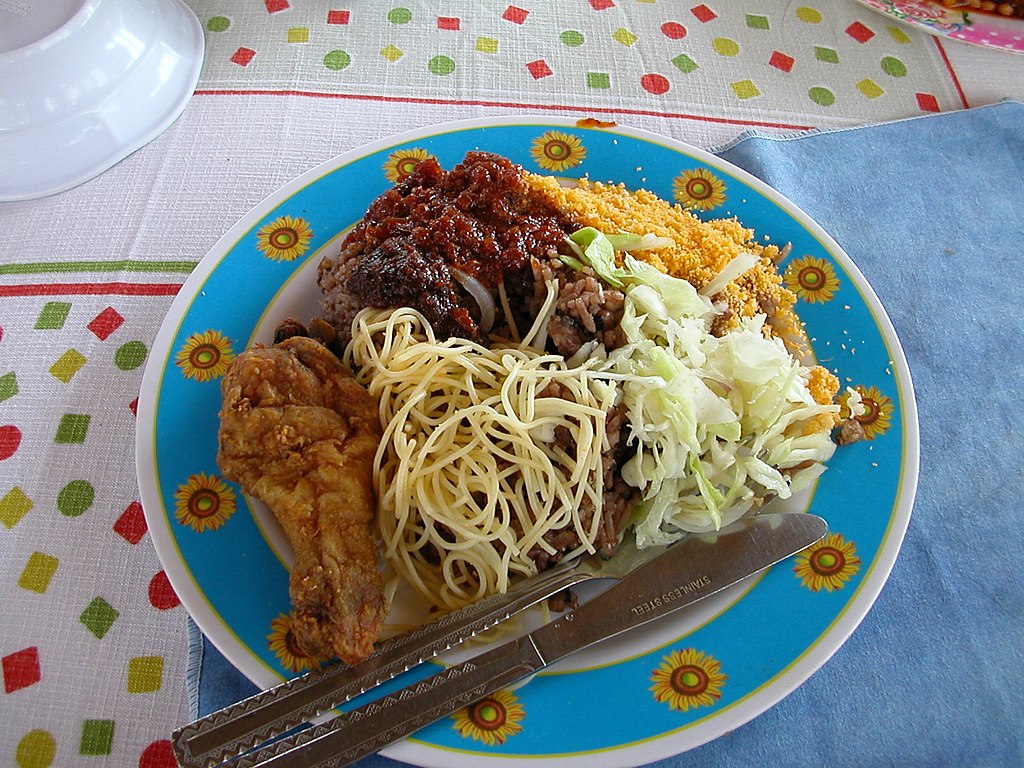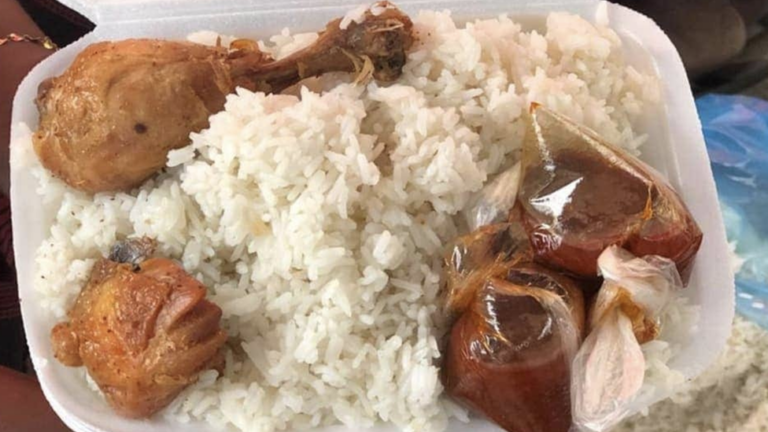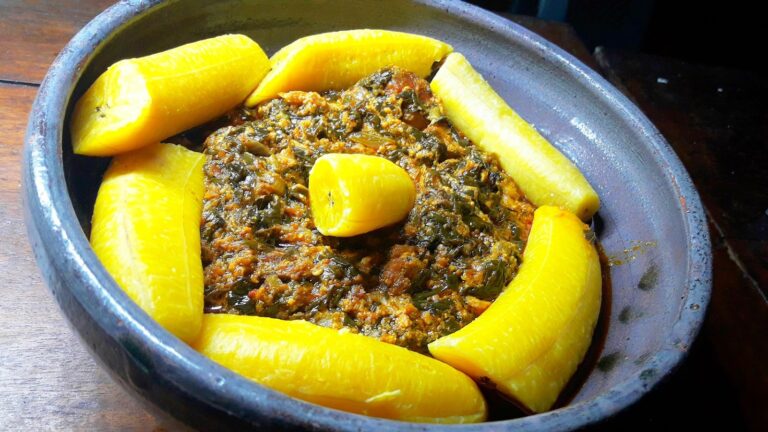Introduction: What is Banku?
Banku is a popular Ghanaian dish made from a mixture of fermented corn and cassava dough. It is a staple food in many homes and is often served with soup, stew, or sauce. The dish has a distinct sour taste and is usually eaten with the fingers.
The Origins and History of Banku
Banku is believed to have originated from the Ewe tribe in the Volta region of Ghana. The dish was traditionally made by soaking corn in water for several days until it fermented, and then pounding it into a dough. Cassava was later added to the dough to make it stretchier and easier to handle.
Over time, the dish has become a popular staple food in many parts of Ghana and is now enjoyed by people of all ethnicities. It has also gained popularity in other West African countries such as Togo, Benin, and Nigeria.
The Ingredients Used to Make Banku
The main ingredients used to make banku are corn, cassava, and water. The corn is soaked in water for several days until it ferments and becomes soft. The cassava is then grated and added to the corn, and the mixture is kneaded together until a smooth dough is formed.
The dough is then left to rest for a few hours before being cooked in hot water for about 2 hours. The resulting dish is a soft, slightly sour, and stretchy dough that can be eaten with soup, stew, or sauce.
The Significance of Banku in Ghanaian Cuisine
Banku is a significant dish in Ghanaian cuisine because it is a staple food that is enjoyed by many people across the country. It is often served at social events such as weddings, funerals, and festivals.
The dish is also versatile and can be paired with a variety of soups, stews, and sauces such as groundnut soup, palm nut soup, and okra soup. Additionally, banku is considered a comfort food that is enjoyed by many Ghanaians, particularly those in the coastal regions.
Health Benefits of Banku
Banku is a healthy dish that is a good source of carbohydrates, fiber, and vitamins. The fermentation process used to make the dish increases its nutritional value by making the nutrients in the corn and cassava more easily digestible.
Additionally, the dish is low in fat and can be made without the addition of oil or other fats. This makes banku a good option for people looking to maintain a healthy diet.
How to Serve Banku and Traditional Dishes to Pair with It
Banku is traditionally served with soup, stew, or sauce. It is usually eaten with the fingers, and a small ball of dough is dipped into the soup and then popped into the mouth.
Some popular traditional dishes that are served with banku include okra soup, palm nut soup, and groundnut soup. These dishes are often made with fish, meat, or vegetables and are seasoned with traditional Ghanaian spices such as ginger, garlic, and hot peppers.
In conclusion, banku is a significant dish in Ghanaian cuisine that has a rich history and is enjoyed by many people across the country. Its nutritional value and versatility make it a popular choice for those looking for a healthy and satisfying meal.



